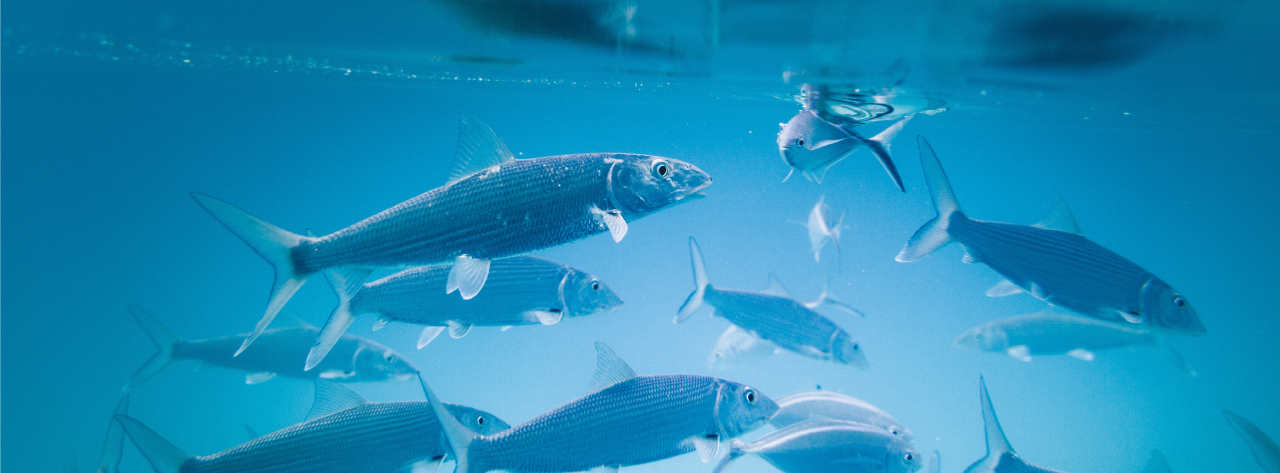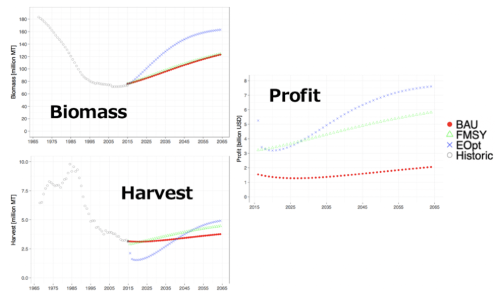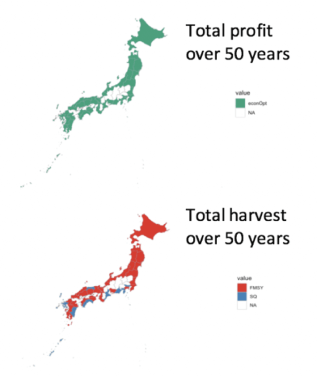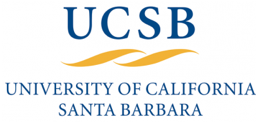
In 2018, the Government of Japan passed a new National Fishing Reform,increasing the number of national stock assessments while adopting newmanagement practices based on scientifically-driven catch limits, i.e. MSY-basedmanagement. Such a move prompted a new project whose inspiration stemmedfrom an initial study conducted at the University of California Santa Barbara(UCSB) [see Costello et al. (2016)]. The main goal of our project is to apply theupside bioeconomic model developed at UCSB in the context of Japanese fisheries. By doing so, it will help the national and prefectural governments tobetter understand the potential gains and outcomes associated with the implementation of alternative policy strategies. Specifically, three distinct policyscenarios are evaluated when running projections up to 50 years in the future:
National Level

Prefectual Level


